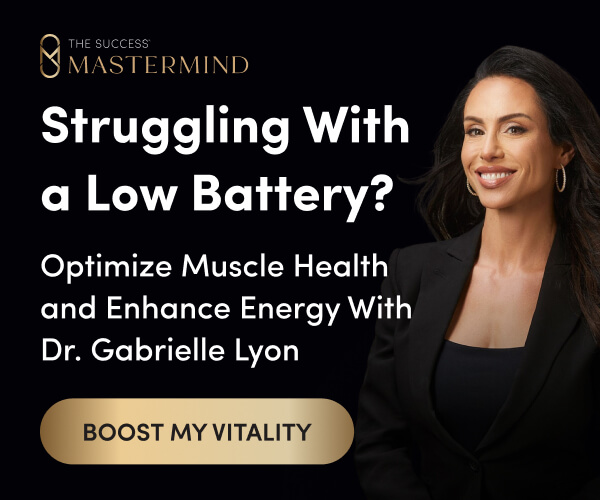We are part of an inventive society. We have a natural tendency to ask “What if?” and are constantly looking for ways to make life a little bit easier. Chances are you’ll have more than one “great” idea during your lifetime. But when the inspiration strikes, what do you do next?
Pause. Before quitting your job and cashing in your 401k, take a breath and a step back. Ask yourself these three questions to assess your innovation’s potential:
1. What makes it unique?
Determine what about your idea is different than what already exists before you proceed. As the CEO of Edison Nation, I often ask entrepreneurs why consumers should purchase their product rather than something else that satisfies the same need?
Most innovation is incremental and occurs in a series of small improvements over time. It’s likely that your idea is an enhancement to something that’s already out there. It would be naïve to think that your idea has no competition, so market validation and patent research are necessary to confirm whether or not it’s truly unique.
First search Google (or Bing or Yahoo!) to look for similar products. Hunt for different variations of the product title, function and benefit to ensure you’re considering all possible competing products.
Next conduct a patent search. Google Patents is a search engine that indexes all patents and patent applications from the United States Patent and Trademark Office (USPTO) dating back to 1790. The service allows innovators to identify competing or existing patents and determine what about an invention idea, if anything, is patentable.
2. Is it technically feasible?
So, you have an idea. Great! Does your idea rely on some sophisticated technology that is unbeknownst to mankind? Is it too expensive to justify mass manufacturing? These are important questions you should consider before taking a step forward.
Many people find that their ideas, while innovative, aren’t able to be to be reproduced in the quantities or at a price point necessary to be profitable. Ideas should be tested through prototyping and proof-of-concept models to confirm the desired result.
Then you need to confirm that the product can be manufactured at a price point that will be sustainable in large quantities. Are the materials too expensive for the product to be competitively priced? A toothbrush with a motorized self-cleaning mechanism and built-in toothpaste applicator may sound like a great idea in theory, but is it technically possible? Even if the technology was readily available, it would likely be far too expensive to manufacture and too expensive to compete in the competitive market.
3. Is it commercially viable?
When inspiration strikes and a new idea is conceived, it’s easy to lose sight of its commercial viability, even with a flawless proof-of-concept model.
Ask yourself, Can this idea yield profitability for a business? Just because an idea has been identified as a solution for a particular problem, and is technically feasible, it doesn’t necessarily mean that the market will accept it.
With increasing competition across most industries, consumers are inundated with more choices than ever before. Innovators must be wary and consider market size, target demographic and existing competition to evaluate whether or not the market will support it.
We all can be inventors, not just the Edison types. It just takes a great idea and some diligent legwork to bring out your most inventive self.
Do you have a good idea? Avoid the 8 things that can kill it.




